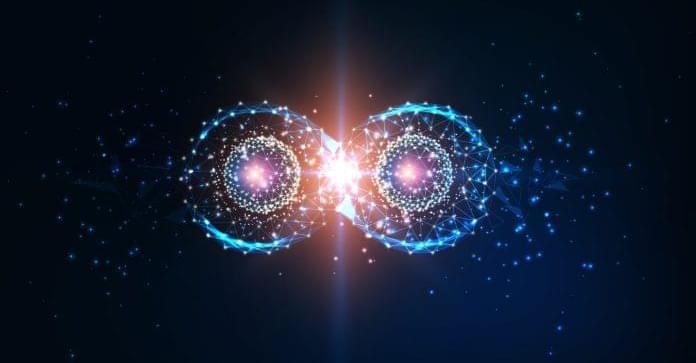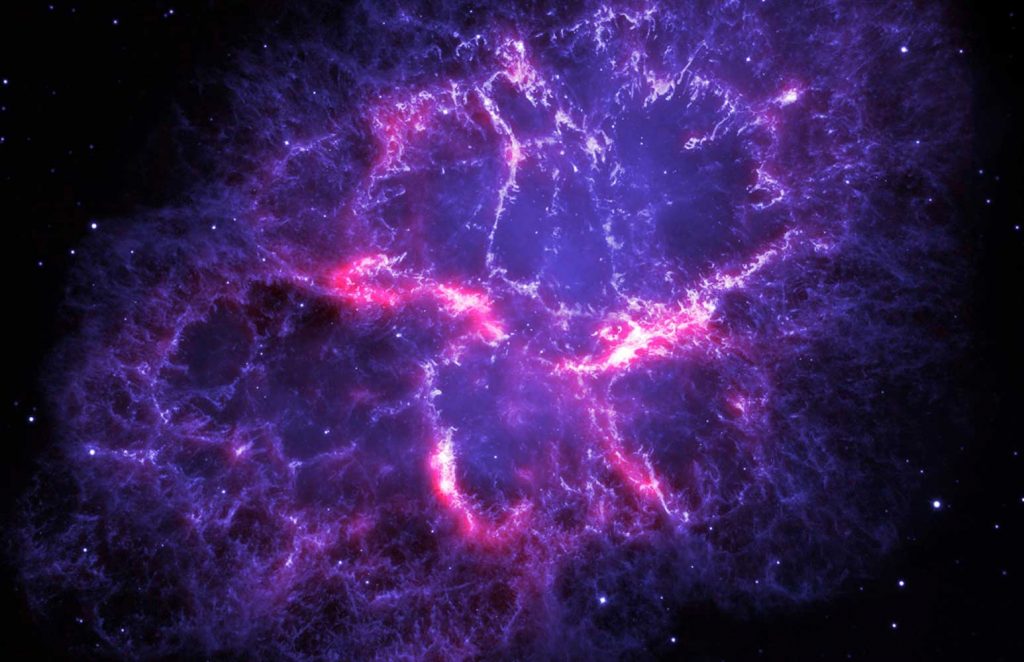CERN approves scientific experiment to prove whether or not ‘ghost’ particles exist

Physicists have long speculated about the existence of elusive “ghost” particles that could significantly advance our comprehension of the Universe’s true nature.
Recently, scientists have proposed a method to determine whether these particles are real or not, and Europe’s particle research center, CERN, has given approval for an experiment aimed at detecting them.
This new experiment will utilize a device that is a thousand times more sensitive to these particles compared to previous instruments.
Unlike CERN’s Large Hadron Collider (LHC), which collides particles with each other, this new instrument will collide particles against a solid surface to detect the ghostly particles.
But what exactly are these mysterious particles, and why was a novel approach necessary to detect them?
In the realm of particle physics, the prevailing theory is known as the Standard Model, which posits that the Universe comprises a family of 17 particles, including familiar ones like electrons and the Higgs boson, alongside lesser-known entities such as charm quarks, tau neutrinos, and gluons.
These particles combine in various ways to form the fundamental building blocks of matter and the forces governing nature.
However, observations in astronomy have indicated discrepancies, suggesting that only about five percent of the Universe is visible and comprehensible using the Standard Model.

The remaining portion, potentially comprising the ghost or hidden particles, remains enigmatic.
These ghost particles are theorized to be elusive counterparts to the 17 particles in the Standard Model, existing in a realm that interacts minimally with our observable world, much like ghosts passing through solid objects without leaving a trace.
Despite their elusiveness, the theory proposes that ghost particles can occasionally decay into Standard Model particles, which can then be detected by sensitive instruments.
The new experiment aims to enhance the likelihood of detecting these decay events by increasing the number of collisions and thus the chances of observing these elusive ghost particles.
Source-BBC




